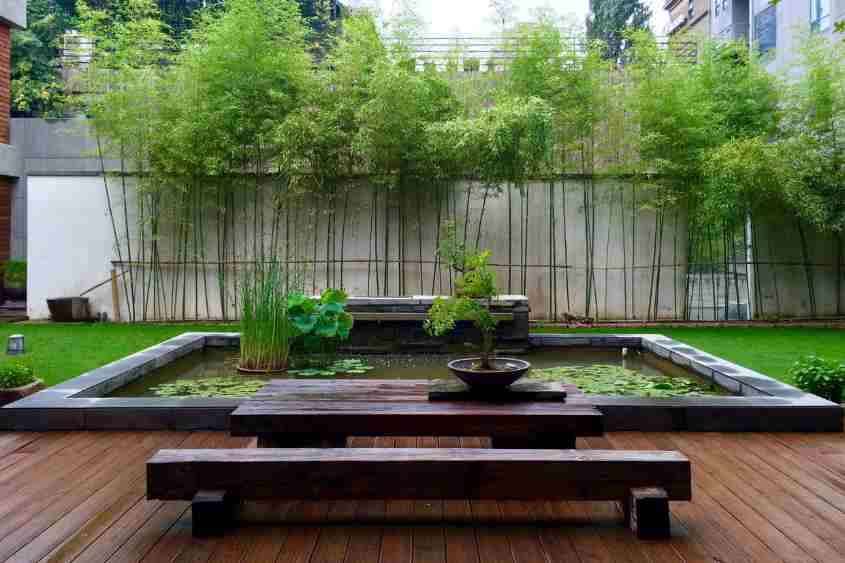
A personal approach
to body corporate management
That’s why we take the time to listen, tailoring our management approach to suit every person, their communication style and business preferences.
Receive an obligation
free proposal
Please contact us here if you are seeking a proposal for a building we don’t currently manage. If you are an existing BCsystems customer please email us at info@bcsystems.com.au
Many body corporate schemes give owners ‘exclusive use’ of a courtyard or garden area.
While these spaces often feel like an extension of your lot, they’re still part of the common property and subject to the body corporate’s by-laws. That means there are limits on what you can and can’t do.
What Does ‘Exclusive Use’ Mean?
Exclusive use (EU) is a special right granted under your scheme’s community management statement.
It lets an individual owner or group of owners use a defined section of common property, such as a courtyard, garden, or car park, without interference from other residents. However, the body corporate still owns the area, and its rules continue to apply.
Exclusive-use rights cannot be granted over utility infrastructure or body corporate assets like pipes, wiring or shared equipment, that service more than one lot.
What You Can Usually Do
Most exclusive-use areas allow for everyday use and minor improvements. Common permitted activities include:
- Gardening and upkeep – planting flowers, mowing lawns, and tidying the area.
- Outdoor furniture – placing chairs, tables, or a small barbecue (if by-laws allow).
- Temporary décor – potted plants, decorative stones, or small ornaments.
- Minor maintenance – replacing mulch or cleaning paving.
In most cases, the lot owner is responsible for keeping the area clean, tidy and in good repair, and for covering any associated costs, unless your body corporate’s by-laws state otherwise.
What You Can’t Do Without Approval
Significant changes or works typically need committee or general meeting approval. This includes:
- Structural alterations – installing a pergola, deck, or new paving.
- Permanent fixtures – large sheds, shade sails, or retaining walls.
- Plumbing or electrical work – outdoor taps, lighting, or power points.
- Removing trees or altering drainage – anything that could impact the wider scheme.
Even if you’ve paid to improve or maintain the area, it remains common property. The body corporate can require you to remove unauthorised works and restore the space.
Check Your By-Laws First
Each scheme’s by-laws are different. Before making changes to your exclusive-use courtyard, review:
- The community management statement (CMS) to see what’s permitted.
- Any exclusive-use by-laws or conditions attached to your lot.
- The approval process – some improvements may only need committee approval, others may need a general meeting resolution.
In Summary
Think of your exclusive-use courtyard as ‘private access, public rules.’ You have the benefit of exclusive use, but the body corporate still owns the area and regulates what can be done.
Related content
Share This Post
Subscribe To Our Newsletter
More To Explore

7 Reasons to Live in a Body Corporate Community
Whether in a townhouse complex, apartment building, or mixed-use development, body corporate living combines convenience, shared management, and a sense of community that traditional home ownership doesn’t always provide.

Roofs and Gutters in a Body Corporate Community
Responsibility for maintaining roofs and gutters in a body corporate depends on how the property is registered – either under a building format plan (BFP) or a standard format plan (SFP). These survey plans define where lot boundaries sit and, in turn, determine whether a roof or gutter forms part of the common property or is the individual owner’s responsibility.


